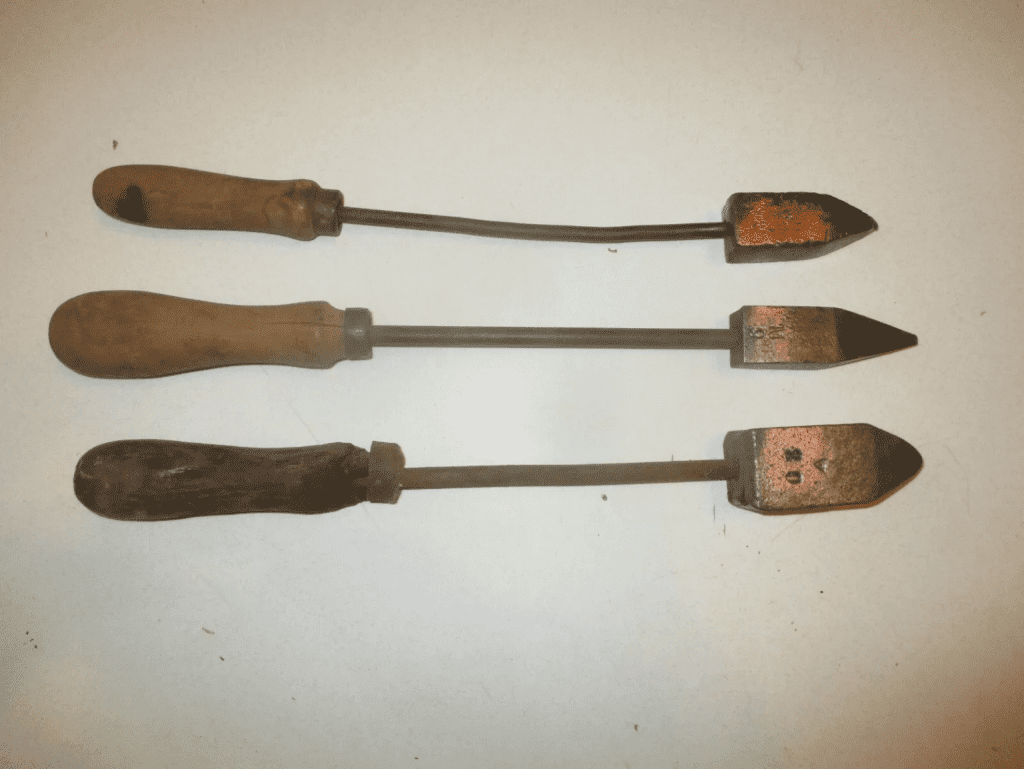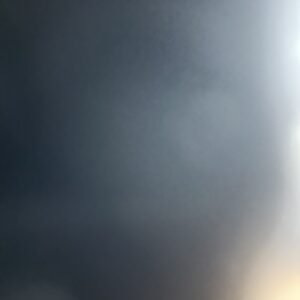The soldering iron has been a crucial tool for centuries, playing an essential role in various fields like electronics, metalwork, and jewelry making. From its humble beginnings in ancient civilizations to its modern applications, the soldering iron has evolved into a versatile instrument, still valued for its craftsmanship and effectiveness. Let’s dive into the history, usage, and legacy of this remarkable tool that continues to leave an indelible mark on the world.

A Brief History of the Soldering Iron
The history of soldering irons dates back to ancient civilizations, including the Egyptians, Greeks, and Romans. These early innovators used rudimentary soldering techniques to fuse metals like gold, silver, and copper. They heated metal rods and molten alloys to join materials, which were primarily used in the creation of jewelry, weapons, and tools.
As society progressed, so did the soldering iron. In the late 19th and early 20th centuries, with the advent of the electrical industry, the need for a more precise soldering tool became evident. The non-electric soldering irons of that era were heated over open flames and coals, often featuring heavy metal tips attached to wooden handles. These tools were adequate, but as electricity became more widespread, the demand for electric soldering irons grew.
In 1921, Ernst Sachs revolutionized the field by developing a regulated electric soldering iron. This invention allowed for more precise and consistent heating, making the process of joining electrical components more efficient and reliable. The early electric soldering irons were simple yet effective, featuring basic resistive heating elements and metal tips that retained heat well.
The Role of the Vintage Soldering Iron in Electronics and Craftsmanship
The vintage soldering iron quickly became a staple in many fields. Its ability to join materials with precision made it indispensable in electronics assembly, metalwork, and jewelry crafting.
In the electronics industry, soldering irons were vital for creating secure connections between components. The use of solder—a soft metal alloy typically made from tin and lead—allowed craftsmen to bond circuit boards, resistors, and wires. As radio, telegraph, and television technology developed, the soldering iron played a key role in manufacturing these complex devices. The precise connections made by skilled hands ensured that these devices operated correctly and reliably.

But it wasn’t just electronics that benefitted from the use of soldering irons. In the world of stained glass art, for example, soldering irons were used to solder metal frames that held the glass pieces together. This process required not only technical expertise but also an artistic eye. The quality of the soldering had a direct impact on the visual appeal of the final product.
CONTINUE READING…
Author: awestories24.com


